Pets bring joy and laughter into our lives, but sometimes they also bring surprises. In a world where our domesticated companions are meant to be tame and compliant, some of them can’t resist channeling their inner wild animals. This humorous and captivating trait adds a new layer to pet ownership, proving that even house pets can have a wild side. Let’s delve into some entertaining stories and fascinating observations about these peculiar and delightful pets.
13. A Fierce Little Lion: When Cats Think They’re Kings of the Jungle

Cats are often seen as the monarchs of the household, but some take this royal status to the next level. Have you ever watched as your indoor tabby stealthily stalks an unsuspecting rubber mouse or plush toy? Their exaggerated pouncing and ferocious growls mimic the prowess of a wild lion hunting its prey. This behavior can be traced back to their wild ancestors, reminding us that even the most pampered feline retains its predatory instincts.
12. Guardians of the Realm: Dogs Emulating Wolves

Dogs are descendants of wolves, so it’s no surprise they sometimes exhibit behaviors reminiscent of their wild kin. From “howling at the moon” to marking their territory with intricate care, many dogs display these primal behaviors as if patrolling the expanse of a wilderness rather than a fenced yard. Understanding this can help pet owners channel these instincts into constructive activities, like fetch or agility training.
11. Hamsters Going on Granary Raids
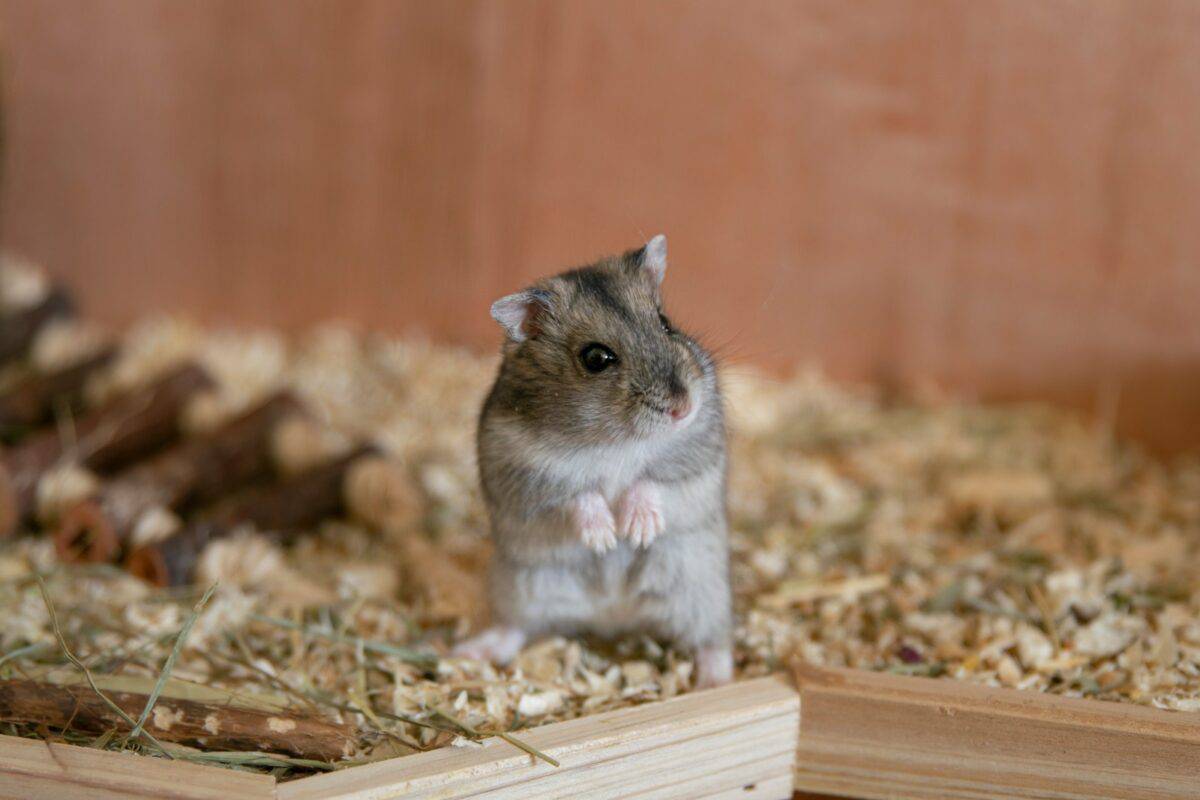
Despite their small size, hamsters can sometimes act like they are preparing for winter in the wild. Known for stashing food in their cheek pouches, they mimic the food-hoarding habits of field rodents who forage and store this way to survive. Watching a hamster tirelessly collect and store bits of treats is a comic reminder of their industrious nature as if they were living in the vast savannah.
10. Parrots Playing the Role of Jungle Sentinels
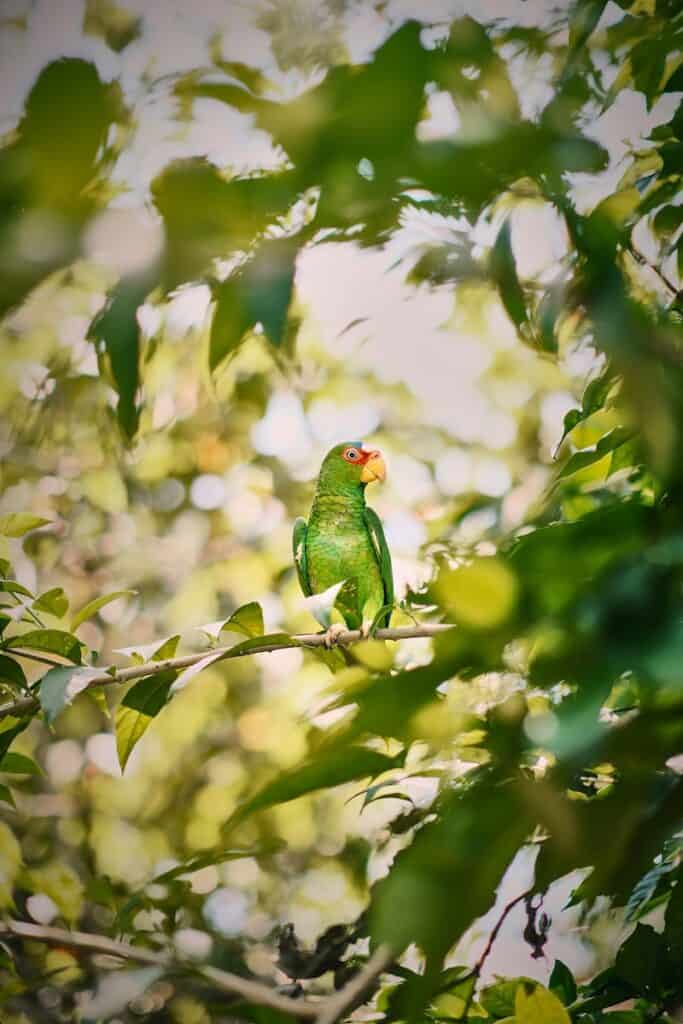
Parrots are well-known for their intelligence and mimicking abilities, but these vibrant birds sometimes mimic their wild cousins by acting as vigilant sentinels. With their boisterous calls and attentive supervision of their environment, parrots seemingly stand guard, echoing the communicative system of wild flocks warning of potential dangers—an intriguing display of their evolutionary roots.
9. Bunnies Channeling Their Inner Forest Foragers
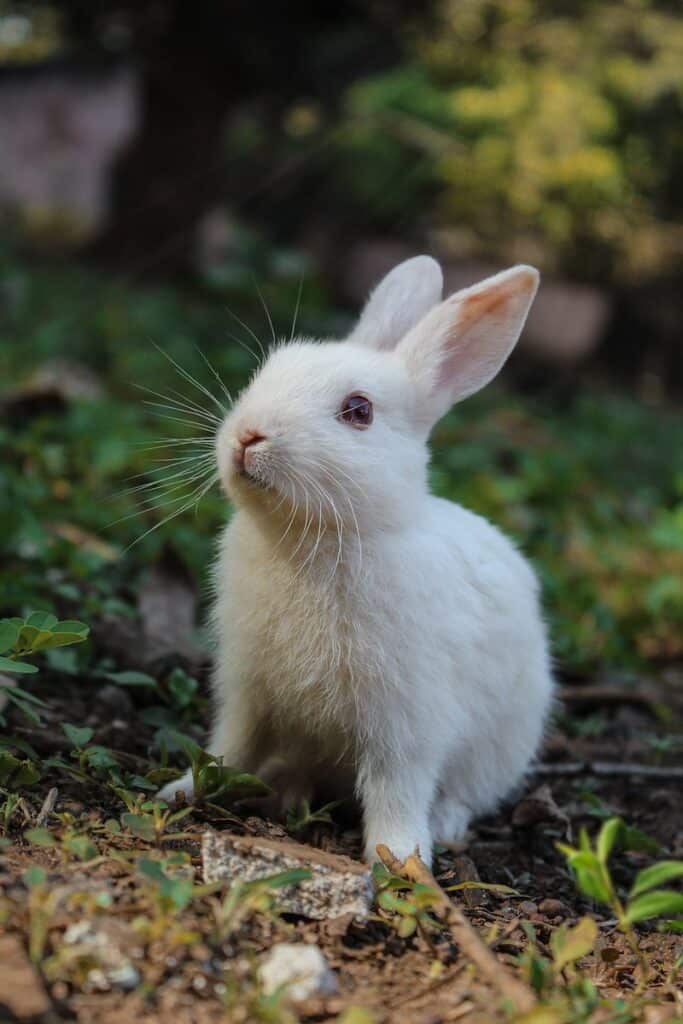
As descendants of wild rabbits, domesticated bunnies can often be found indulging their instincts to dig and forage. Witness a bunny in your garden burrowing industriously or hopping with gusto across your living room, and you can’t help but think they’re revisiting their days in an open field, foraging for tasty morsels among the clover and grass.
8. Guinea Pigs on Trickle-Tummy Missions
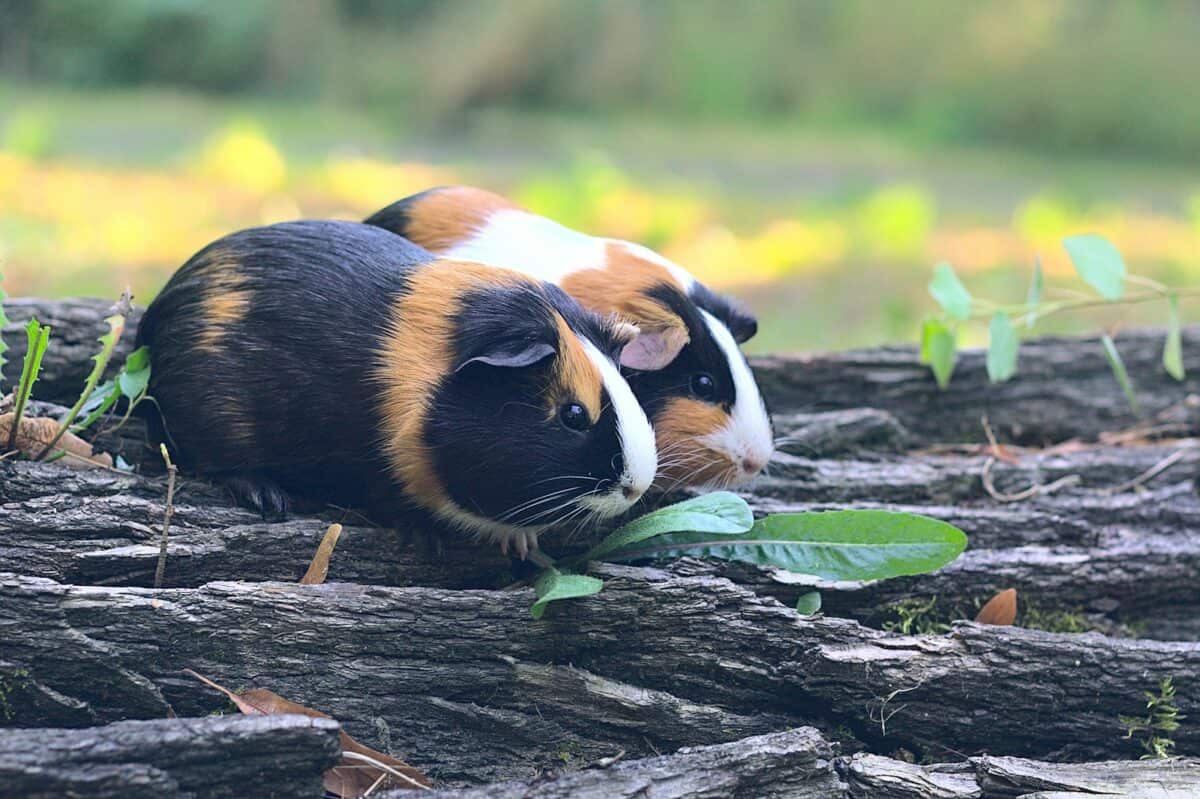
Observing a guinea pig’s ingenuity in seeking out snacks is reminiscent of their wild cousins scouring the underbrush for domestic treats. These social creatures’ behaviors such as compulsively foraging or rearranging their enclosure mirrors the survival strategies employed in their natural habitats, where resourcefulness and intelligence are paramount for survival.
7. Ferrets on the Hunt in Miniature Forest Realms
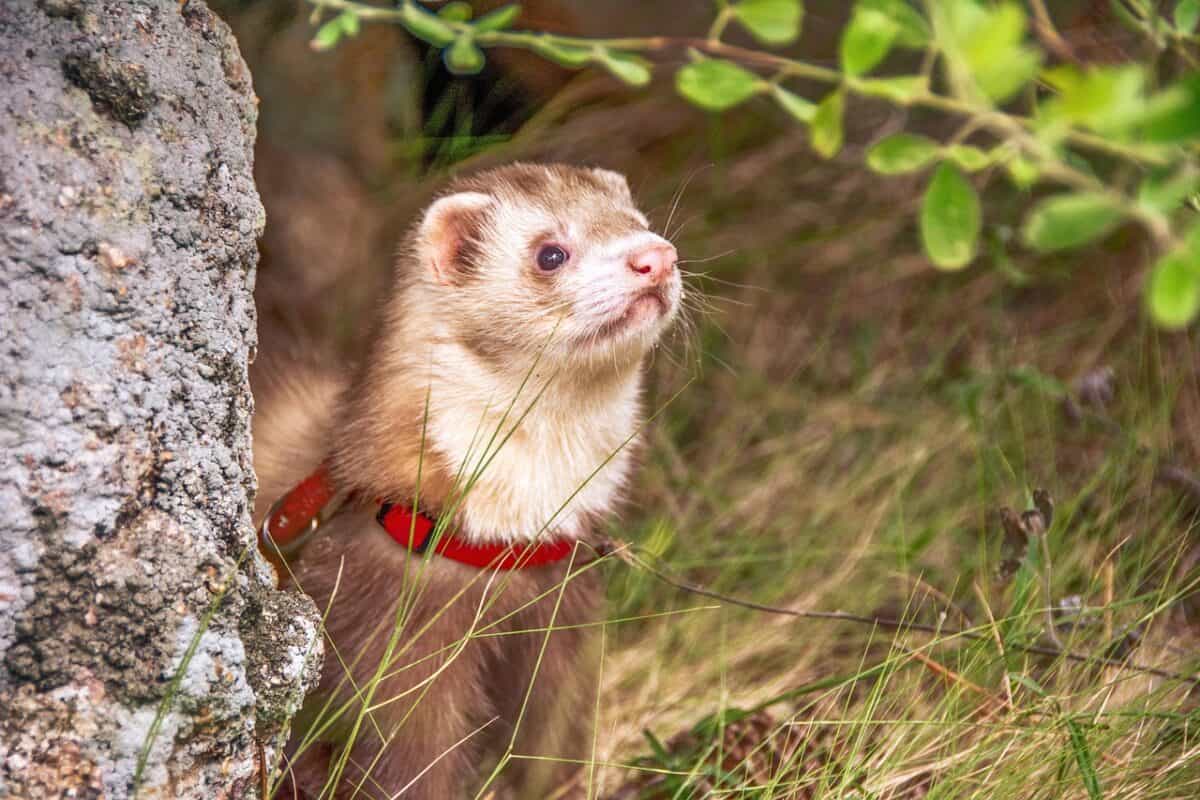
Ferrets have a playful yet tenacious spirit that often manifests in scenarios reminiscent of wild weasels hunting and burrowing through forest floors. Their propensity to investigate everything with relentless curiosity closely mirrors the behavior of their ancestral counterparts as they hunt prey or explore their natural environment.
6. Lizards Living Out Desert Escapades
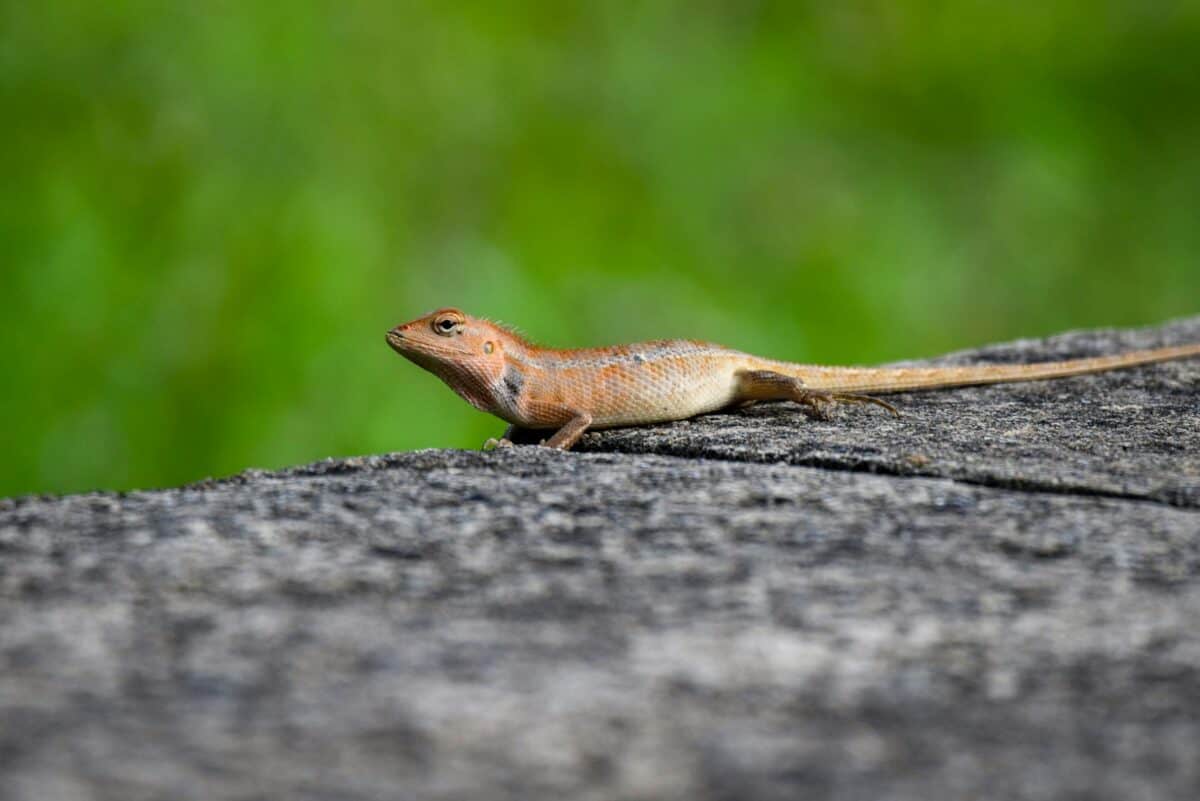
Despite their life in a controlled terrarium, domestic lizards sometimes exhibit behaviors akin to surviving the rugged desert. Be it observing them basking strategically for warmth or engaging in territorial displays, they embody the tenacity and adaptive strategies of their wild counterparts, offering a miniature glimpse of the wild.
5. Fish Embarking on Ocean-Voyage Daydreams
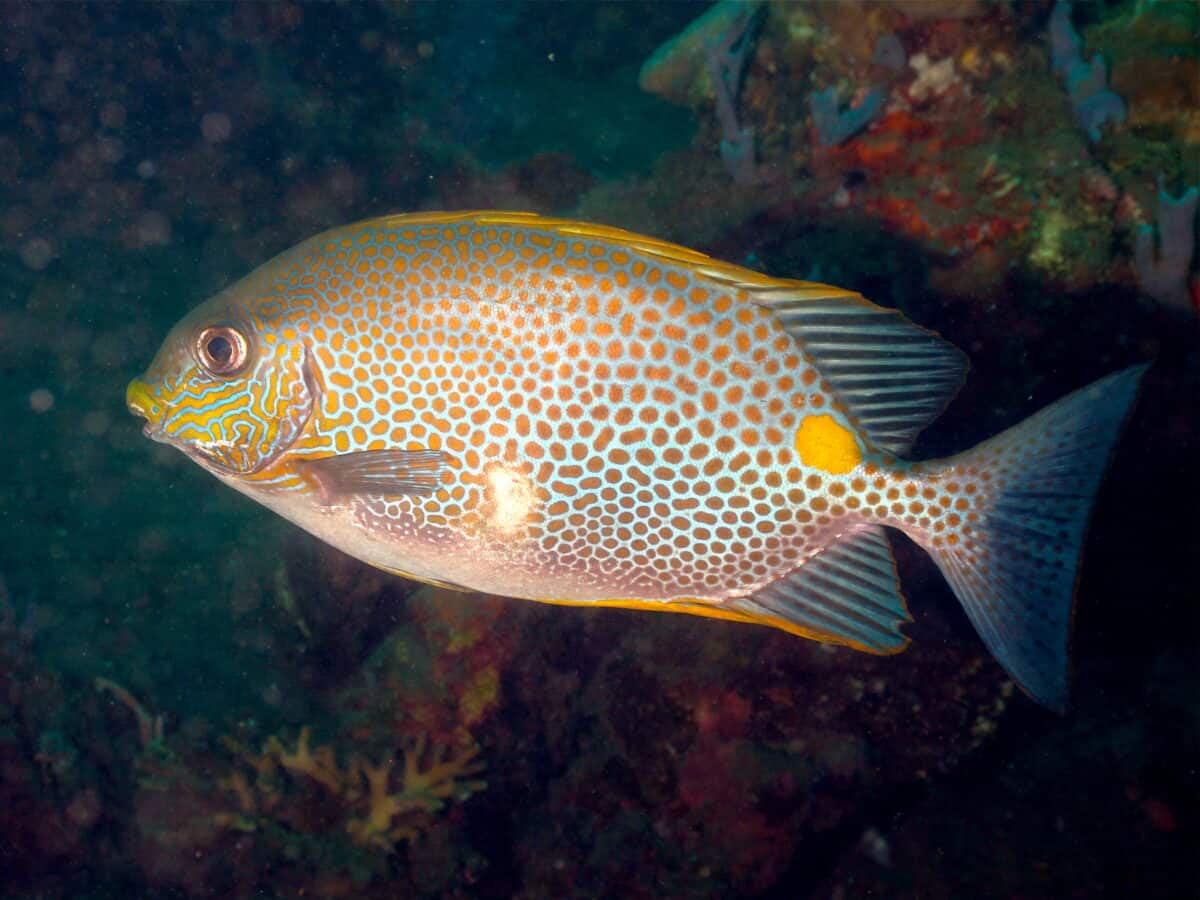
Even fish can show signs of reverting to their wild selves, seemingly roaming the expanses of their tanks as if traversing the ocean. Their voracious eating habits and fluid schooling movements may echo those of fish in the great seas, bringing a slice of the ocean’s rhythm right into our homes.
4. Rats Organizing Elaborate Heists

When rats scurry with purpose, tunneling through their bedding to sequester every last scrap, it’s a reminder of their wild counterparts, who exhibit complex foraging behaviors to survive. Pet rats often keep astonishingly active, displaying the agility and resourcefulness required to thrive in a natural setting.
3. Turtles Pretending to Be Majestic Pond Dwellers

Turtles, with their slow and deliberate movements, can mimic their wild aquatic relatives when they submerge and bask with regality. Observing their behavior akin to wild pond turtles reinforces our impression of a dusky silhouette scuttling across a mossy log or dipping beneath water lilies on a tranquil lake.
2. Chickens Reliving Their Jungle Fowl Days
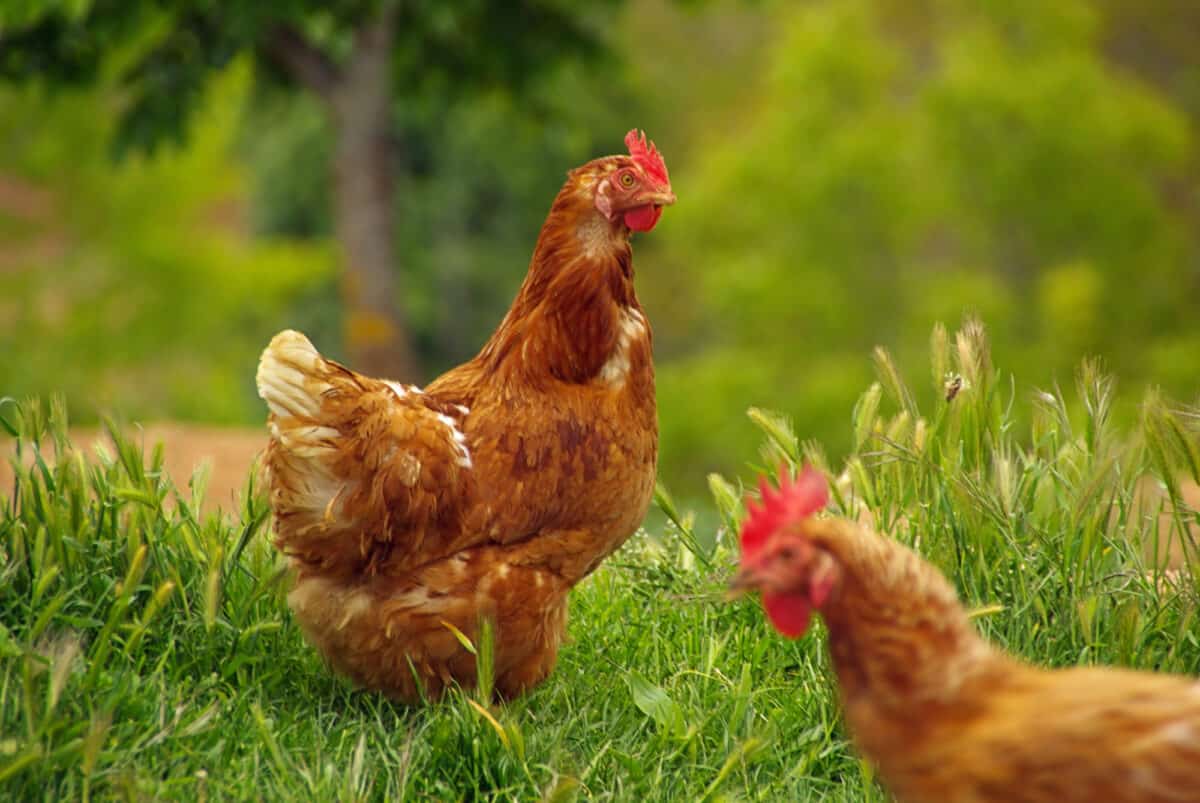
Chickens, descendants of jungle fowl, reveal their wild ancestry through instinctual behaviors like scratching, foraging, and establishing pecking orders. Whether on a farm or in a backyard coop, these actions show they are not too far removed from their forest-dwelling past, where survival depended on agility and resourcefulness.
1. Ferocious Miniature Tigers in a Houseplant Jungle

From swatting at plants with precision to lounging with inexplicably fierce grace among the greenery, some cats display tiger-like qualities. It’s easy to forget that these domestic carnivores share more than just ancestry with their larger striped relatives—they share a bit of their charisma and courage as well.
Pets who think they are wild animals offer an endearing and humorous glimpse into the instincts that echo their ancient histories. Each time your pet displays wild behaviors—whether it’s a dog howling like a wolf or a hamster hoarding as if preparing for hibernation—they bring a little piece of the wild world into your home. Embracing these traits not only brings us joy but also deepens our understanding and appreciation for the complex and wonderful creatures that share our lives.
- 10 Unique Animal Species That Can Only Be Found in the United States - August 15, 2025
- 10 Amazing Animals You Can Only Find in the United States - August 15, 2025
- 10 Times Tornadoes Flattened Entire Towns in the Midwest - August 15, 2025

